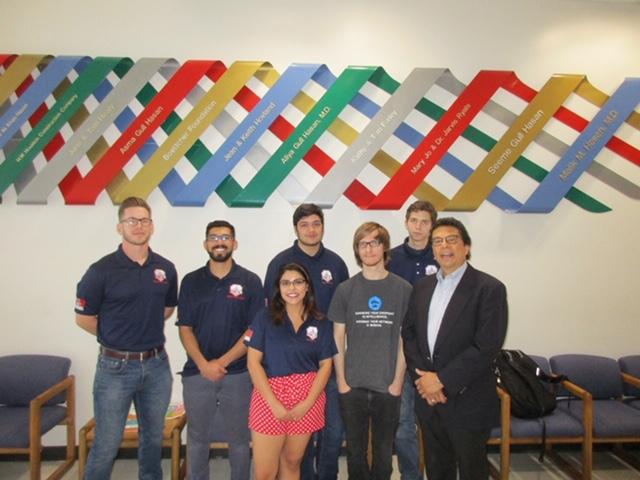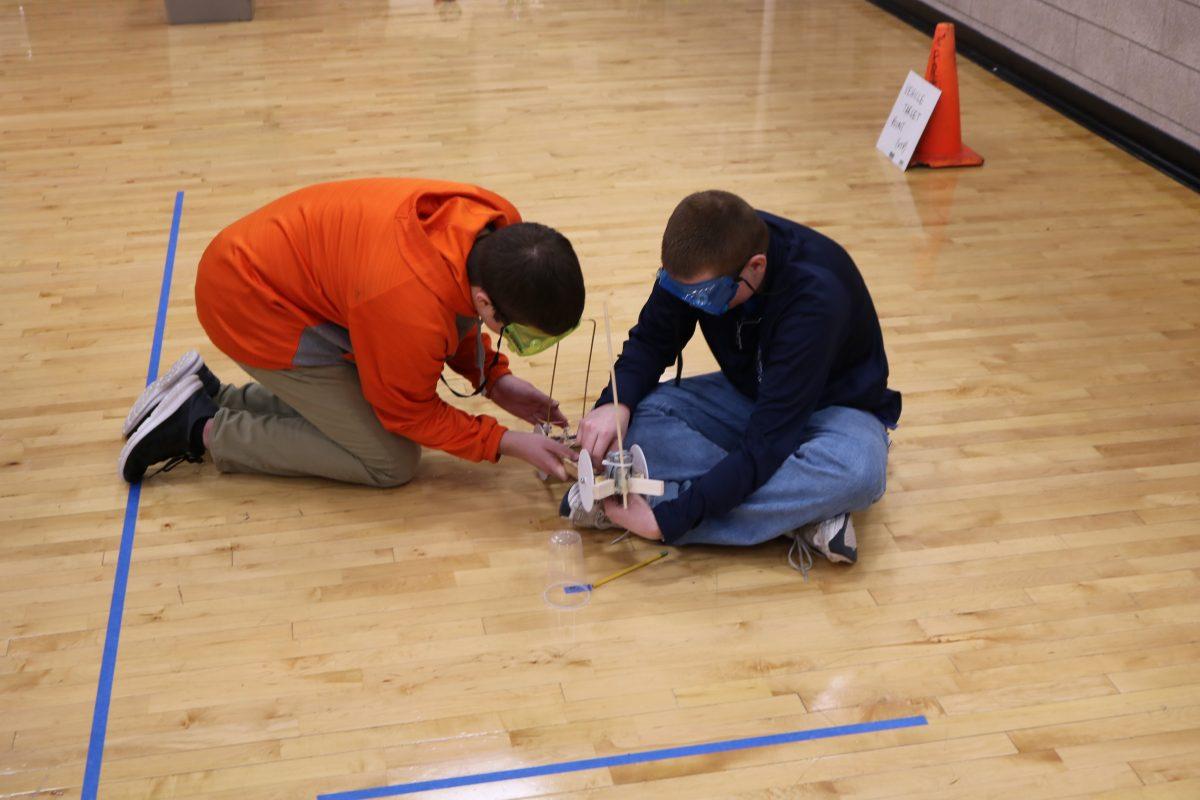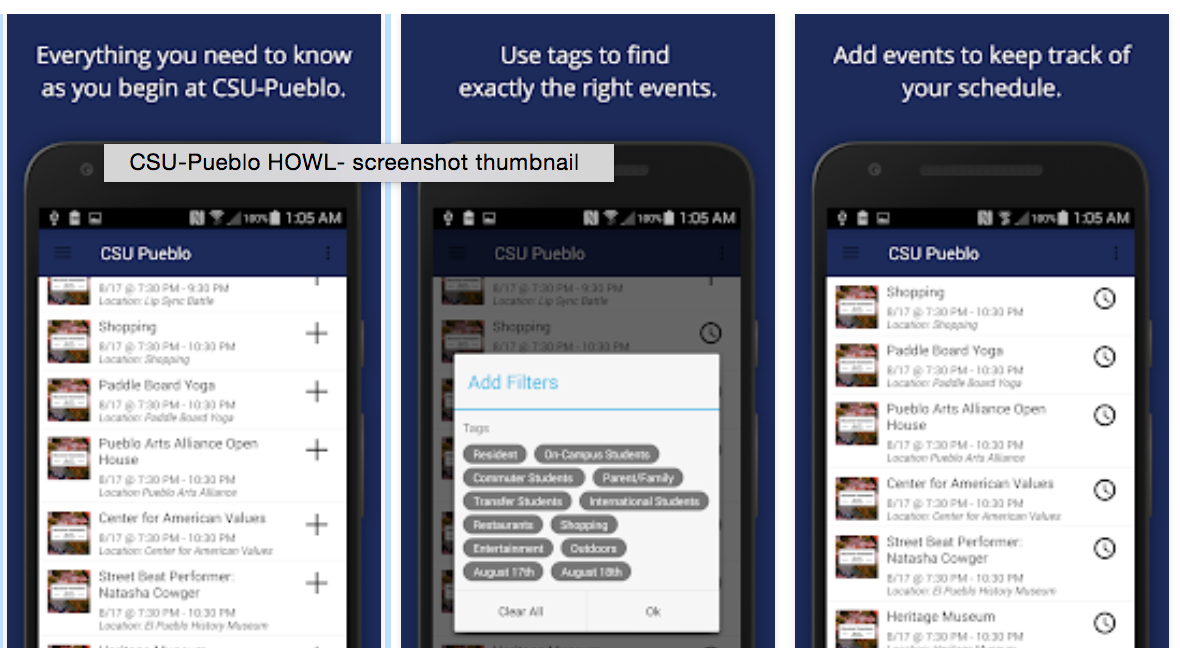
Plagiarism is prohibited but some students still copy and paste. To make there essays longer.
By Rebecca VanGorder
Cheating has evolved in this technology-focused, high-speed era of education.
With this, new and creative methods are being employed to circumvent a variety of safeguards now being put in place. Many of these cheating methods are really just more accessible forms of previous cheating.
Colorado State University-Pueblo takes cheating and plagiarism seriously. Disciplinary action up to and including expulsion are on the table for students who choose to cut corners. Educators use a variety of methods to prevent and detect cheating. Part of that is in the classroom while the other part is online tools.
Blackboard has a basic method of running papers through a database to determine the amount of words lifted from another source. However, for off site testing, Blackboard offers little in the way of maintaining the integrity of the test.
Adam Pocius, manager for instructional technology web development at CSU-Pueblo, said other methods of prevention are typically used. Using extended studies as an example, Pocius said, “They do have online proctors.”
“An online proctoring service actually webcams into your service. They make you look around your environment with your webcam, do a 360,” Pocius said.
Another method an “almost a self-proctoring kind of solution” called ExamSoft, which locks down the computer and prevents a user from switching tabs or pulling up other programs.

Plagiarism is prohibited but some students still copy and paste. To make there essays longer.
Some teachers work to prevent cheating by creating a pool of questions that becomes “randomized question sets” according to Pocius. “Everyone in the course gets a different test and different configuration of when those answers occur,” Pocius said, “Everyone gets the same test type. To actually circumvent some of those proctoring examples, you’d have to go to a lot of extremes.”
Some students have gotten inventive in their desire to have the answers. Krista Bridgmon, Ph.D., associate professor in psychology, shared ways students have tried to cheat. Referring to the Scantrons she uses for tests, Bridgmon said, “The student took where the barcode is on the left-hand side, took some form of a chap stick or lip balm over that so the Scantron wouldn’t read.”
The Scantron wouldn’t read because of the film left by the substance, leaving the student without a test. Another method Bridgmon has employed is to have her students remove everything but their pencil from their desks.
“My students would have a Nalgene bottle or a Coke or Pepsi bottle and they would create a sticker of their answers or their cheat sheets… they could have their water bottle on their desk and look at various answers that way,” Bridgmon said.
According to Danielle Holmes, adjunct professor in the English and world language department, there are different “archetypes” of students tend to plagiarize. “The good student” who simply makes a bad choice, the “accidental plagiarists” who don’t source or attribute material properly, and the “mosaic plagiarist” who “makes this quilt of a variety of sources” thinking it’s easier to hide his or her cheating.
Heather Nelson, visiting assistant professor of English and affiliated faculty of women’s studies, said, “Plagiarism is more of an epidemic here at CSU-P than most faculty and students realize.”
Nelson said at least one student in three out of four classes last semester had plagiarized. “Plagiarism is continuing here, in part, because faculty aren’t using SafeAssign, Blackboard’s anti-plagiarism tool that scans students’ submitted work,” Nelson said. “So I encourage all faculty to implement SafeAssign.”



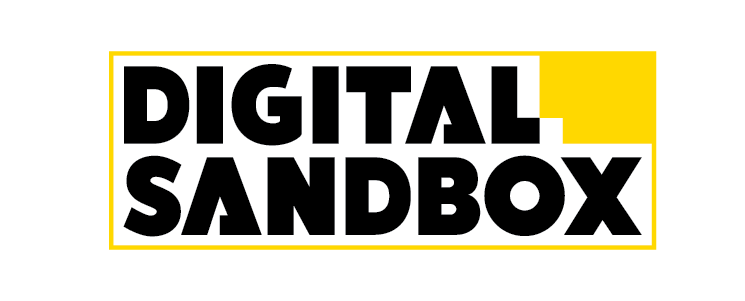
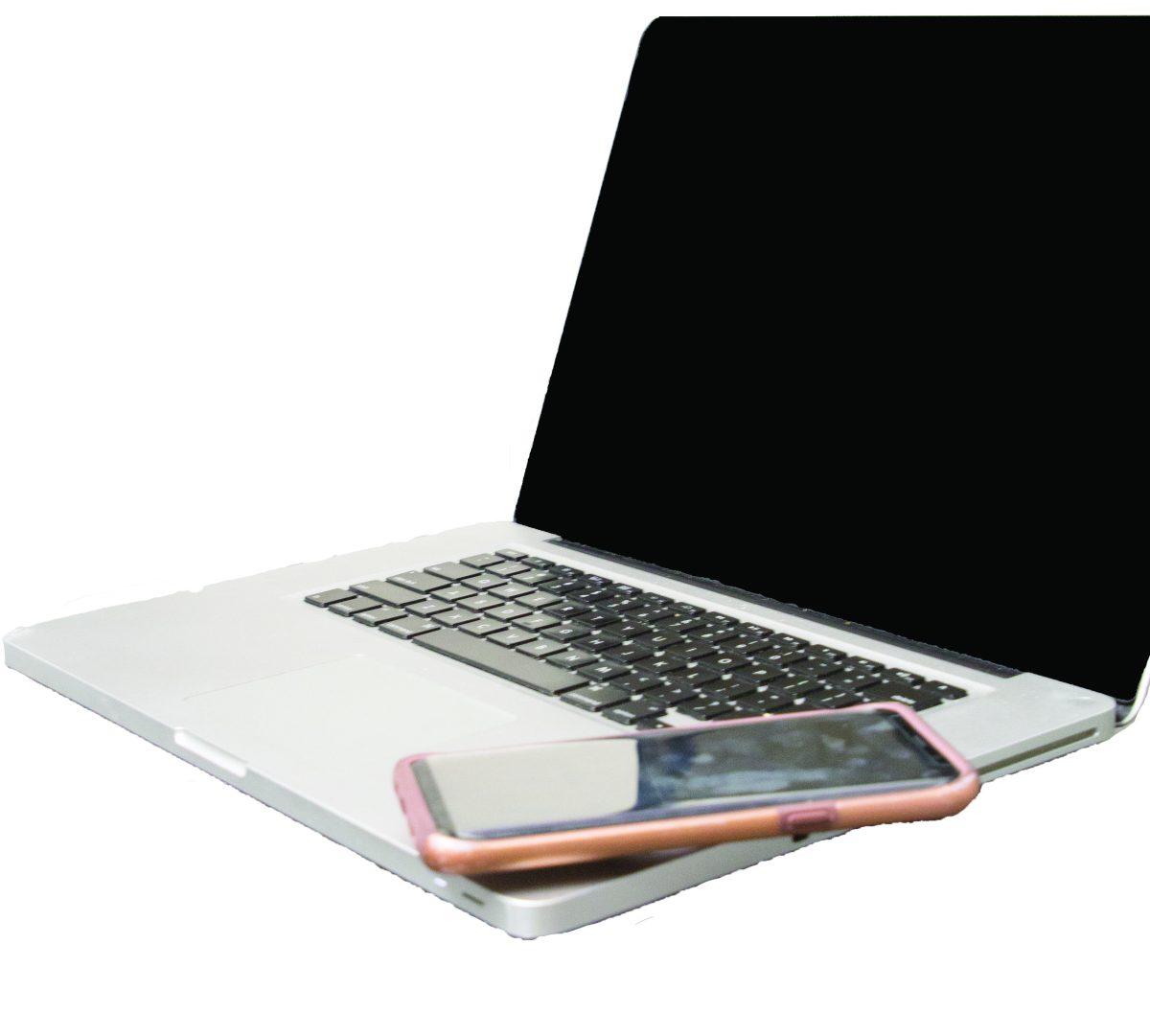
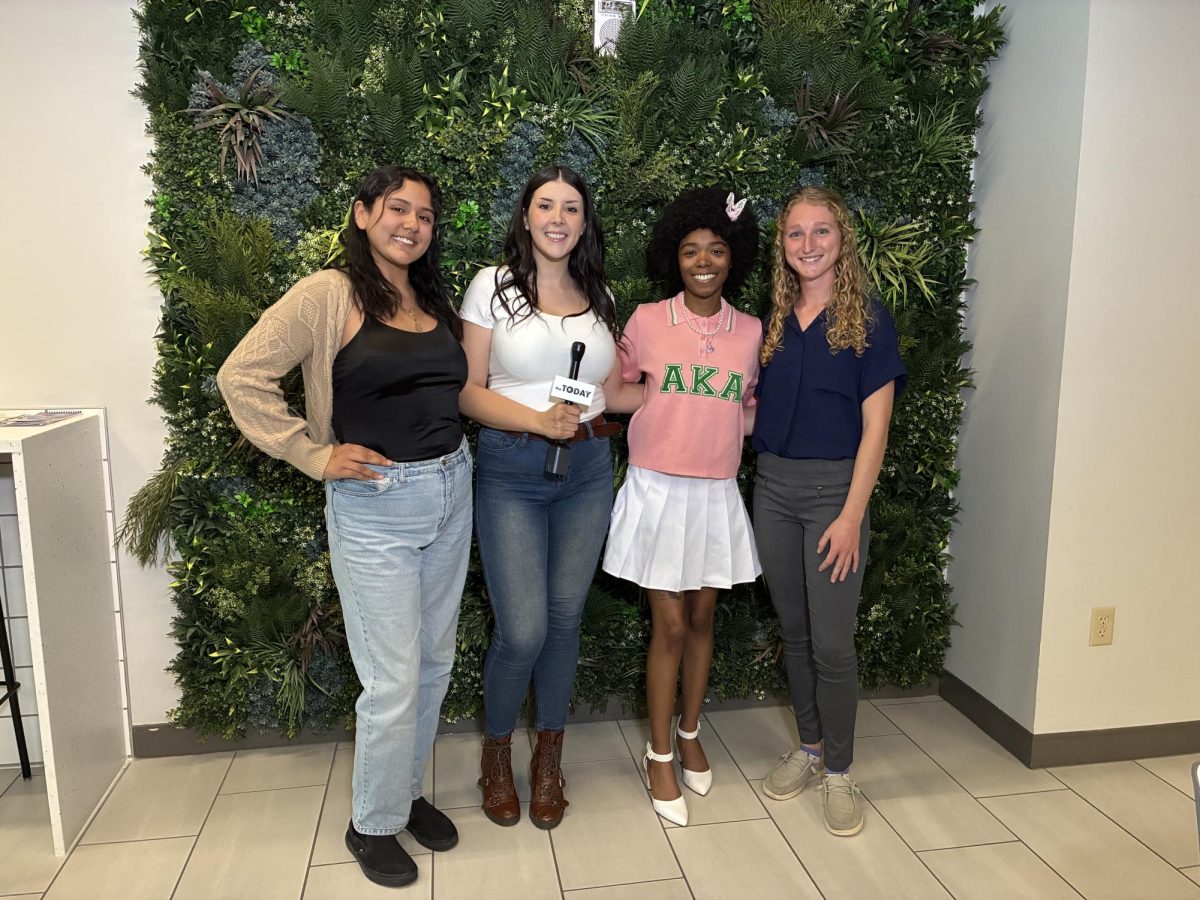
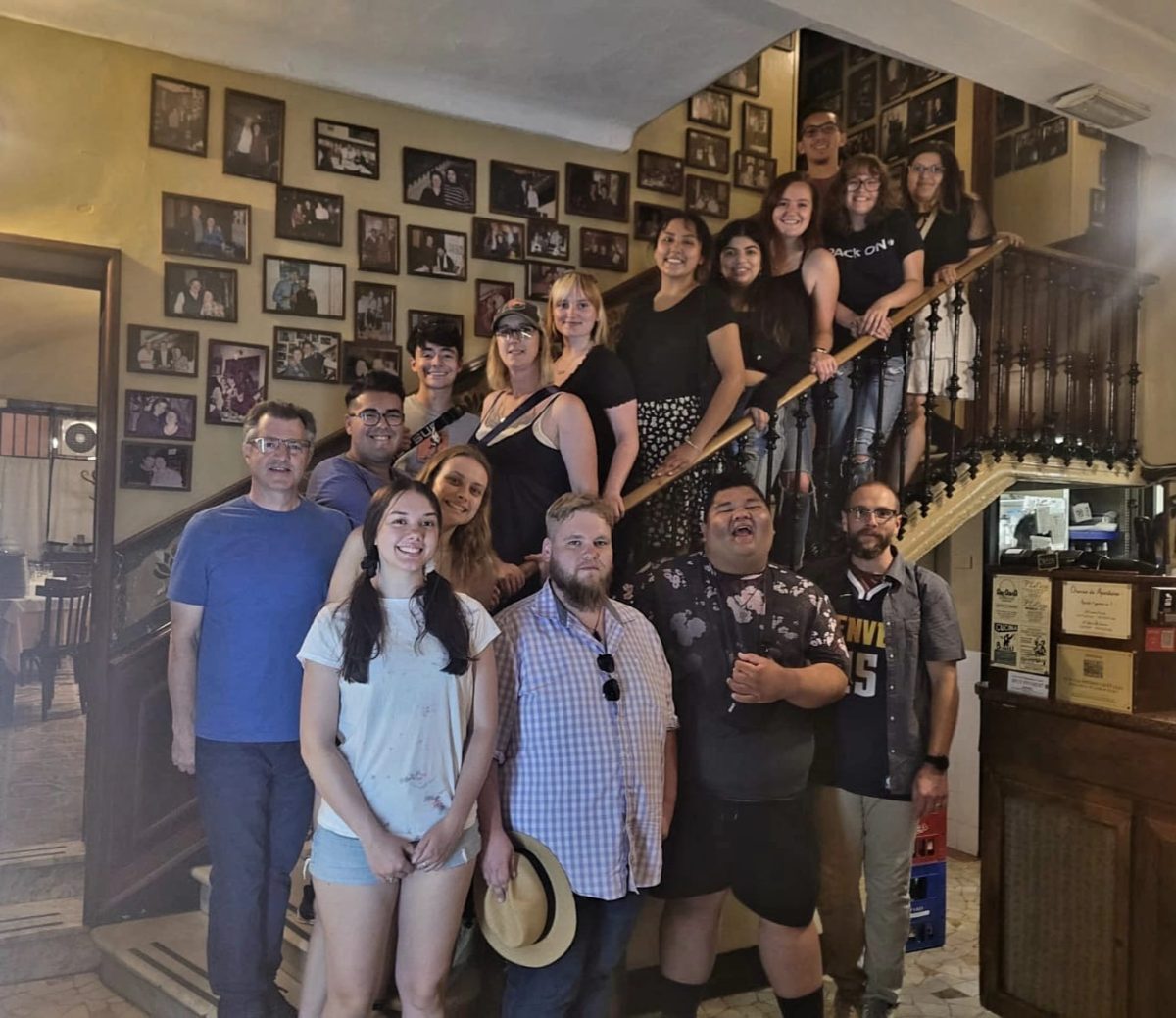

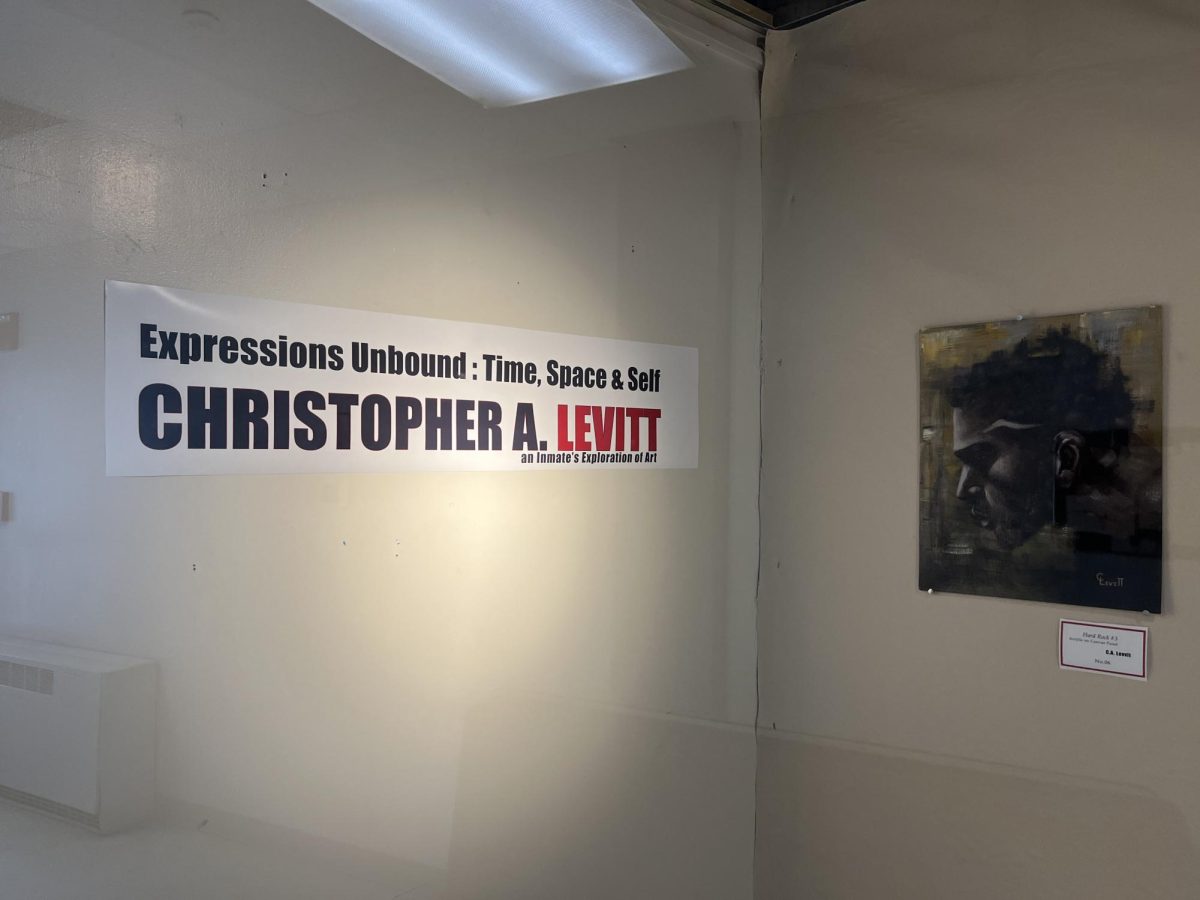
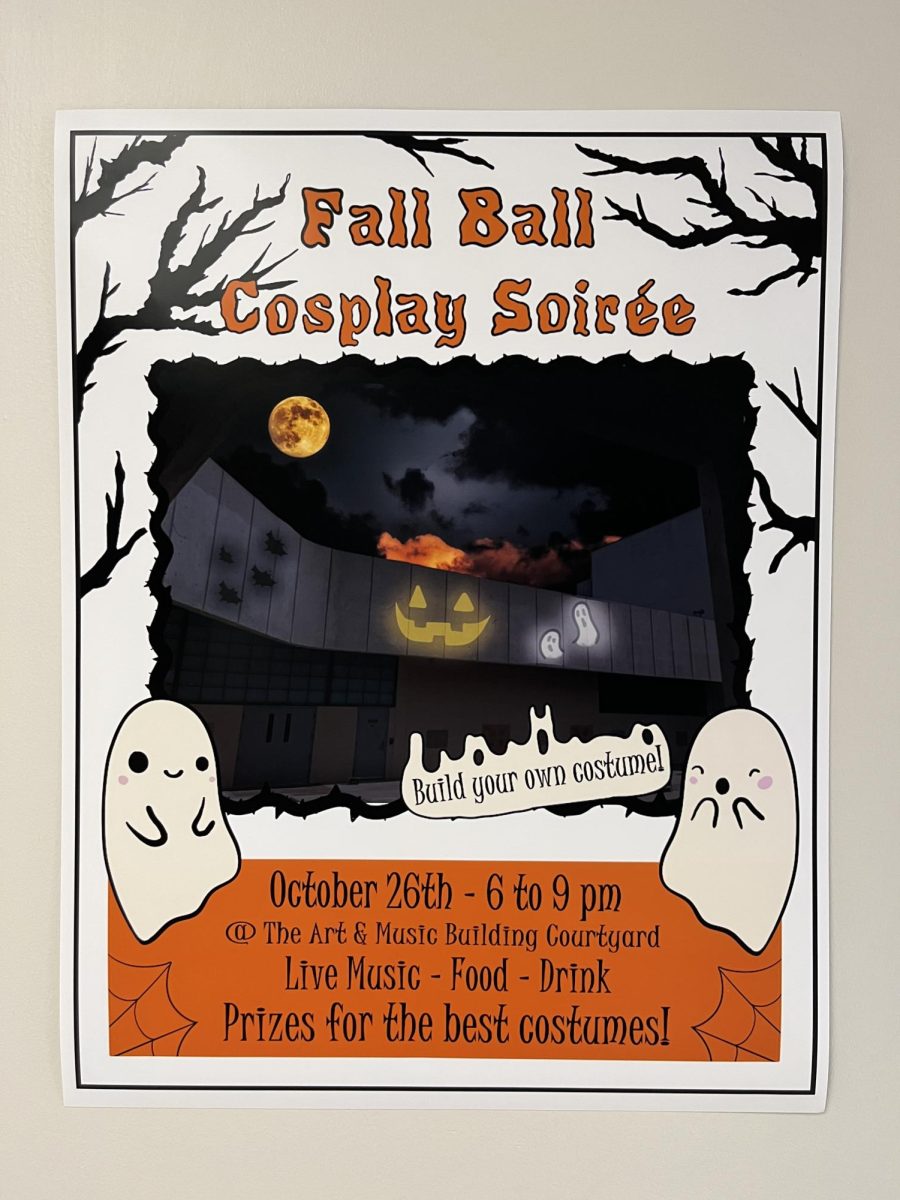

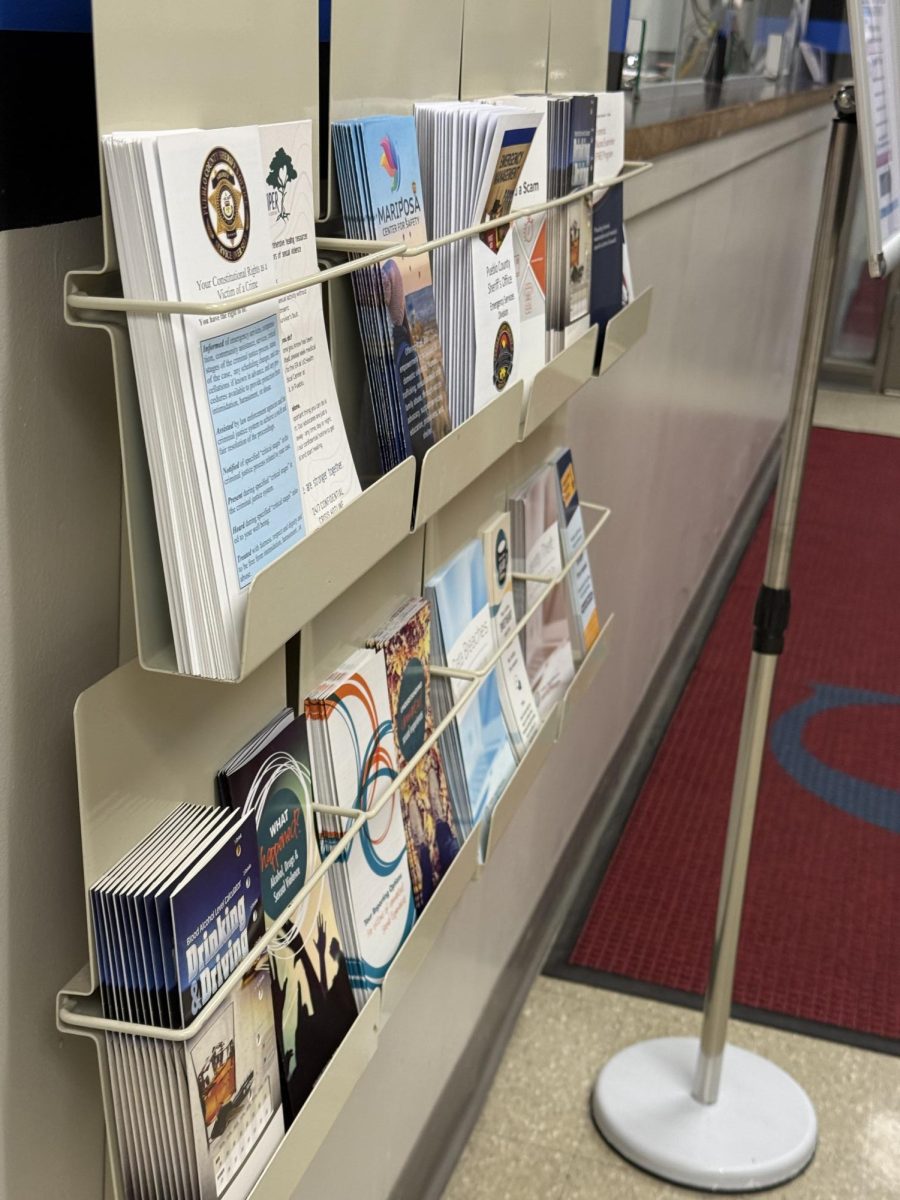





![Workers at Bechtel safely decommission and destroy 1950s-era mustard glass weapons. [Courtesy photo/Bechtel Corp.]](https://socostudentmedia.com/wp-content/uploads/2022/03/image004.jpg)

